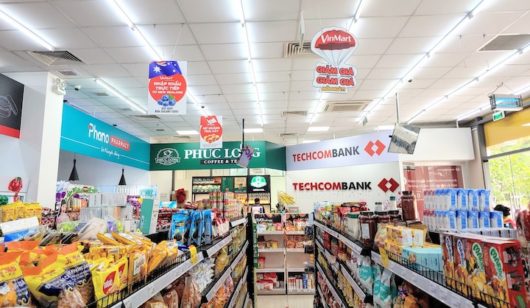The genderless movement in fashion has come a long way.
Alok Vaid-Menon, performance artist, designer and a champion of LGBTQ rights, was once dismissed early from a photoshoot for a major fashion publication. They overheard the photographer ask the editor: “do you want the best photo, or do you want the politically correct photo?”
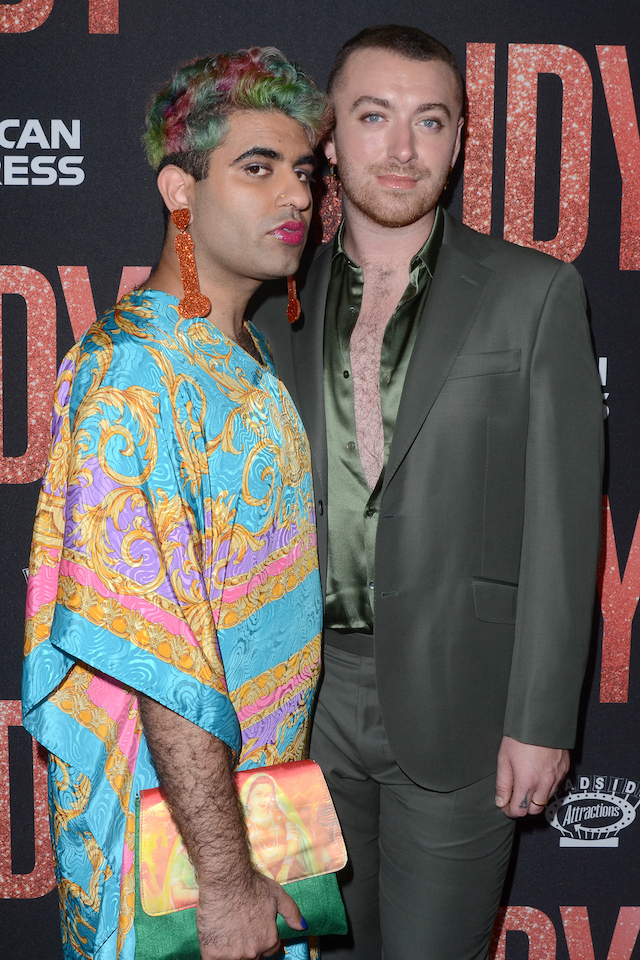
Vaid-Menon later found out they were cut from the magazine cover.
“My beauty is so tremendous it had to be edited out of magazines, whitewashed from history… just to prove it does not exist,” they declared in BoF Voices 2019.
This isn’t a singular case. For years, fashion has been homogenous. Most runway shows are gendered. Brands strictly separated their clothing into two genders, subscribing to the narrow identity of what makes a man and a woman. Unisex items are often confined to just plain t-shirts, jackets and uninspired drabs. While there have been instances of blurred gender lines in fashion (Jean Paul Gaultier’s 1985 skirts for men come to mind), the notion wasn’t prevalent across the industry.
That is, until recently.
Changing times
The younger generation is increasingly rejecting binary labels, and instead, reclaiming their personal identities. ‘They’, a pronoun preferred by non-binary individuals such as Sam Smith, Alok Vaid-Menon and Vittorio Franco, saw a 313-per-cent increase in searches on Merriam-Webster – signifying increasing awareness of the non-binary movement. A study by the Pew Research Center showed that 59 per cent of Gen Zs believe forms should not include traditional gender pronouns – and 35 per cent know someone that identifies as gender non-conforming.
Transgender and gender non-binary influencers played a large role in changing the narrative.
Jamie Windust, editor-in-chief of Fruitcake Magazine and a non-binary model, uses their strong platform of 39,000 followers to continuously fight for LGBTQIA+ rights and representation. Windust set a strong example themselves, as they quit the set of Fantastic Beasts 2 due to “misogynistic, homophobic and transphobic” members of the cast. Chella Man, a trans activist who was recently cast in DC’s Titans, fights for the same cause too.
“There is an extreme lack of representation for young, deaf, queer, Jewish, Asian, transgender artists… so, I decided to be my own representation,” Chella Man told Teen Vogue.
Meanwhile, in Asia, Geena Rocero broke barriers as the first Asian Pacific transgender Playboy playmate. Born and raised in the Philippines, she’s sending a clear message to everyone – no matter their sexuality, gender or beliefs – their dreams are valid. Andrea Razali, recently crowned as Miss International Queen of Singapore, is vocal about her experiences with gender dysmorphia – and actively contributes to the transgender community.
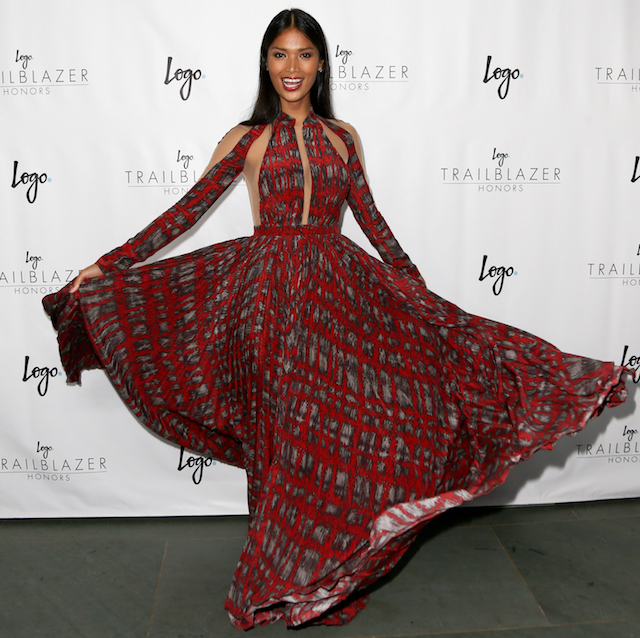
Celebrities, too, are breaking the boundaries of fashion across red carpets, photoshoots and on the streets. Harry Styles, Billy Porter and K-pop stars like 2AM’s Jo Kwon and f(x)’s Amber Liu are just some of the names challenging the norm.
There’s a cultural embrace of gender fluidity – and the industry is finally listening.
Fashion is fluid
Telfar, a brand founded by designer Telfar Clemens, saw a strong 82-per-cent sell out in the past six months, and according to Omnilytics, 43 per cent sold out at full-price. One of its most popular items, the Telfar bag, became the industry’s ‘it’ accessory, helmed for its affordability and practicality.
But it isn’t as simple as that. The bag stood on the shoulders of Clemens, a black, queer designer that didn’t design for a specific niche. Telfar creates genderless products that are “not for you”, they are “for everyone” – an inclusive messaging that many fashion brands lack.
Androgynous brands often stem from the gap that fast fashion left: creating timeless, exclusive pieces for everyone, including the marginalised. And in today’s world where brand values are more important than ever, it explains why androgynous brands are on the rise.
Toogood, a unisex brand from London, is making waves in the industry. Data from Omnilytics showed that even though Toogood had a median price almost four times higher than the average (above US$1000), it still achieved a 90-per-cent sell-out at full price. Other gender-neutral brands with a premium price point, such as Eckhaus Latta and Ader Error, had decent sell-out rates at 76 per cent and 82 per cent respectively – further proof that customers are more than willing to pay for products that strike a chord.

Global brands are tapping into the opportunity too. In 2018, Asos announced it would focus on expanding its genderless clothing. Three years later, the company has quadrupled its unisex offer and is now ranging colourful tops, overalls and accessories. H&M launched a similar strategy with its Denim United collection.
Puma collaborated with South Korean label Ader Error and birthed a streetwear-inspired collection, each piece representing a different subculture with bright colours, progressive silhouettes and evergreen styles. The collection was successful with 76-per-cent sell-out, but this comes as no surprise – streetwear was the pioneer in blurring gender lines.
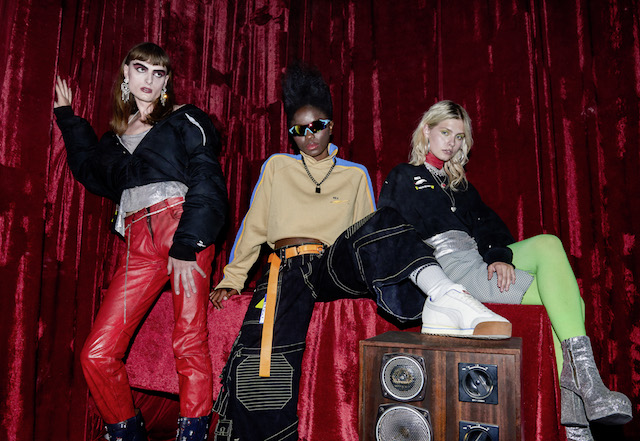
The one to keep an eye out for is the collaboration between Telfar and Gap, expected to drop next September. Clemens, who has long used his artistic style to promote clothing that encompasses gender, is positive the collaboration would help spread his message further.
It’s a movement, not a trend
While strides were taken to empower the gender-neutral movement, it’s to be made clear: genderless fashion is not a trend.
For many trans and non-binary individuals, stepping out in clothing they feel comfortable in is a life-or-death situation. In the US alone, violence against trans has increased since 2016 – a statistic that proves more needs to be done.
“The gender-neutral movement isn’t to be commercialised for sales,” says Katie Smith, a retail and trends strategist. “For retailers that want to expand into this market, it needs to come from a place of authenticity, not aesthetics.”
To start, retailers need to widen the conversation. Amelia Teh, the head of business intelligence of Omnilytics, recommends going directly to the source: the customers. “Seek to understand how you can best support the LGBTQI+ community,” says Teh. “Look into your brand positioning, how your retail store or website is set up – the little details matter.”
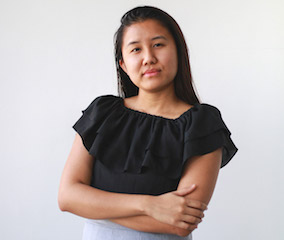
at Omnilytics, a data platform powering
business decision making with deep and
actionable insights. Jun built her career as
an independent fashion writer and covering
news and trends in retail before transitioning
to her current position at Omnilytics.
Once that’s established, Teh suggests to start with a small capsule collection in extended sizing, to be shared during a key event that speaks to the community, such as Pride Month. “Monitor the performance closely and listen to what your customers are saying.” If it proves to be successful, the next product expansion strategy can be a collaborative capsule, engaging a non-binary influencer for marketing or designs.
“More importantly,” Teh says, “the genuine heart to help the community needs to be present.”
In the words of Alok Vaid-Menon: “We are not a trend. We are not a moment. We are a movement.”
- This feature originally appeared in Inside Retail Asia’s magazine edition. To learn more about the magazine, visit our shop.



